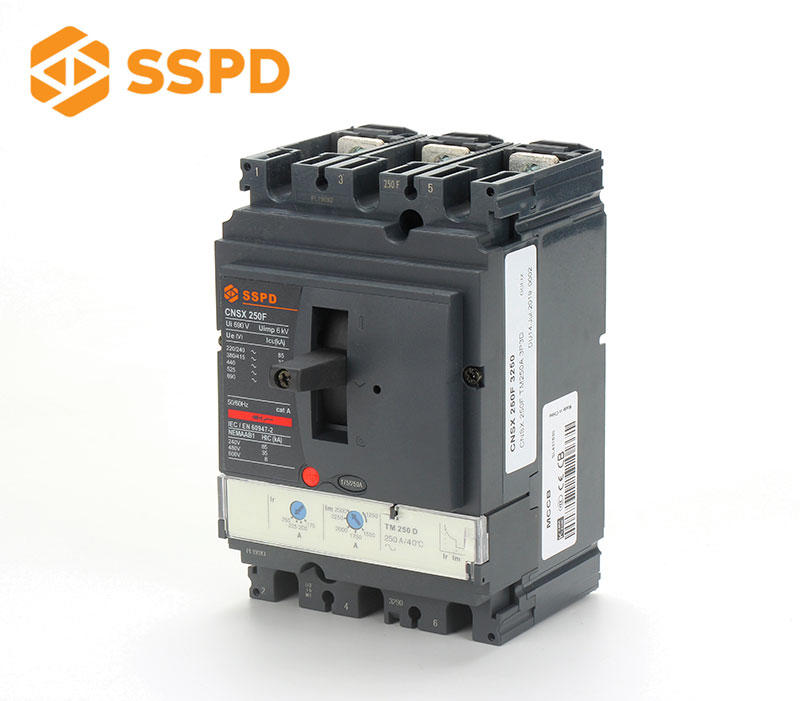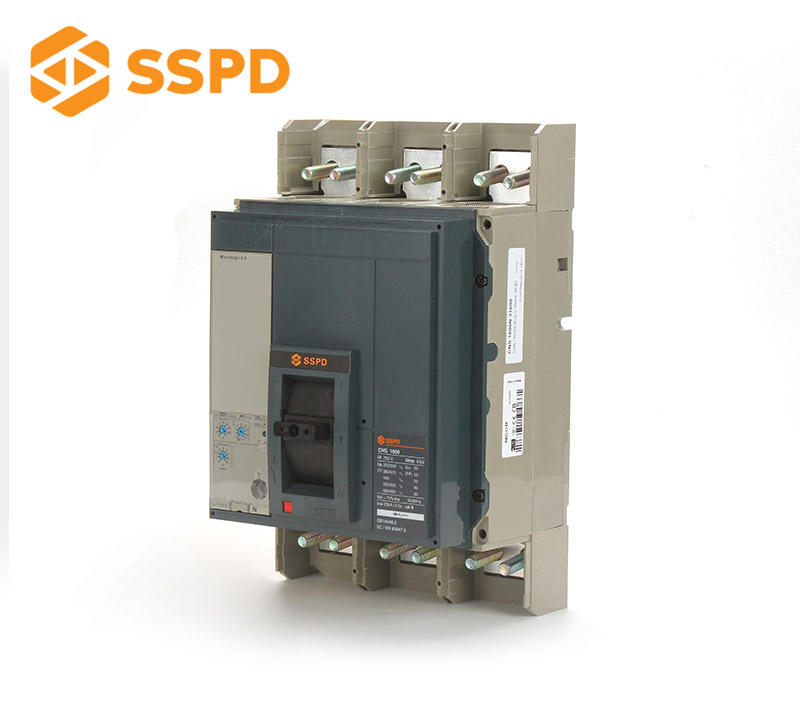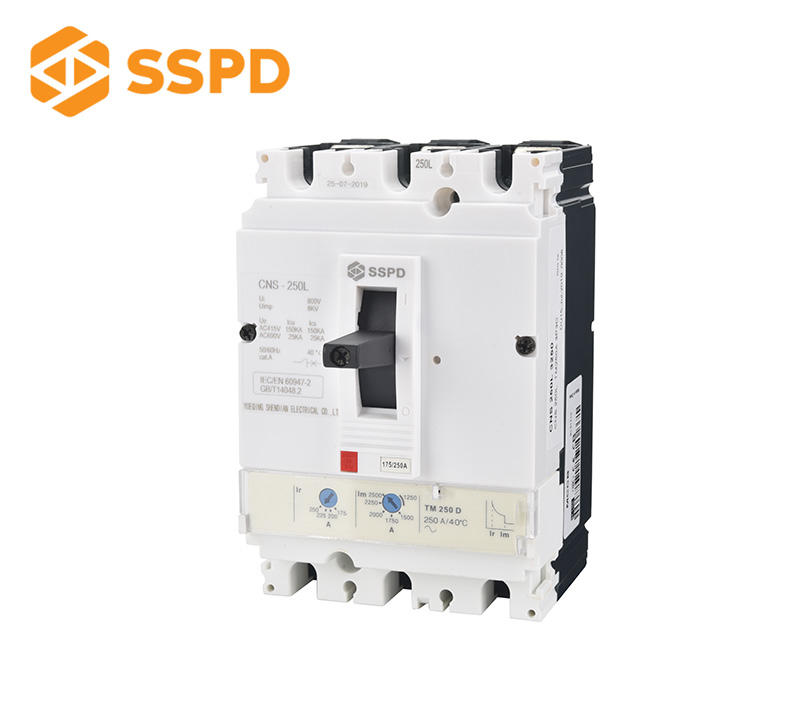How to choose a suitable molded case circuit breaker in electrical work?
This question is easy to answer, mainly from two aspects of voltage and current. The following mainly analyzes the selection of plastic case circuit breakers for distribution line protection. The selection of plastic case circuit breakers for motor protection is not within the scope of this discussion.

1. The rated voltage, that is, the voltage level of the distribution system where the molded case circuit breaker is located. The common low-voltage distribution system is 400V. For example, in the community where ordinary people live, the transformation ratio of the distribution transformer in the distribution room is 10/0.4kV, TN-C-S or TN-S system is generally used, and the neutral point of the transformer is directly grounded; of course, 690V is not excluded. For example, the low-voltage power distribution of wind farms is generally 690V. Therefore, the rated voltage of the selected molded case circuit breaker must be Adapted to the system voltage, the ultimate breaking capacity and operating breaking capacity of the molded case circuit breaker are closely related to the rated voltage.

2. The rated ultimate short-circuit breaking current Icu, according to the GB14048.2 low-voltage circuit breaker standard, refers to the breaking capacity of the circuit breaker that does not require it to carry the rated current after breaking a short-circuit current; the rated operating short-circuit breaking current Ics refers to the breaking capacity of the circuit breaker. After a short-circuit current, it is necessary to continue to carry the breaking capacity of the rated current, and the latter is generally 25, 50, 75, 100% of the former.

The rated limit short-circuit breaking current Icu and rated operating short-circuit breaking current Ics of the molded case circuit breaker are related to the rated voltage. The same type of molded case circuit breaker has different short-circuit breaking capacity under different rated voltages, and the higher the voltage level. The more difficult it is to extinguish the arc, the lower the short-circuit current the circuit breaker can break.

.png)

.jpg)




